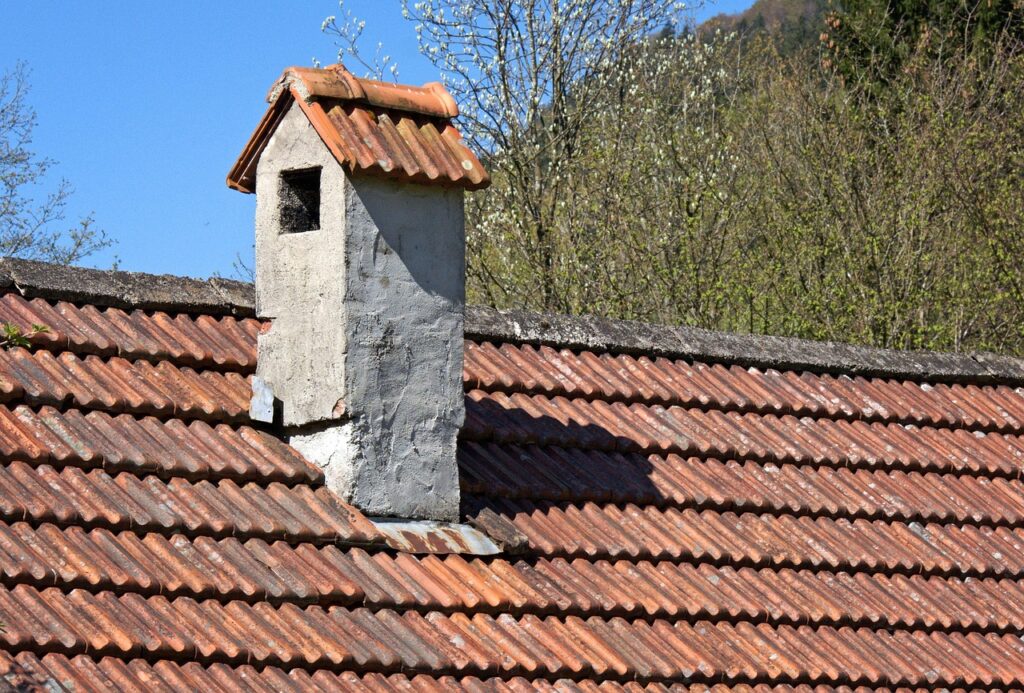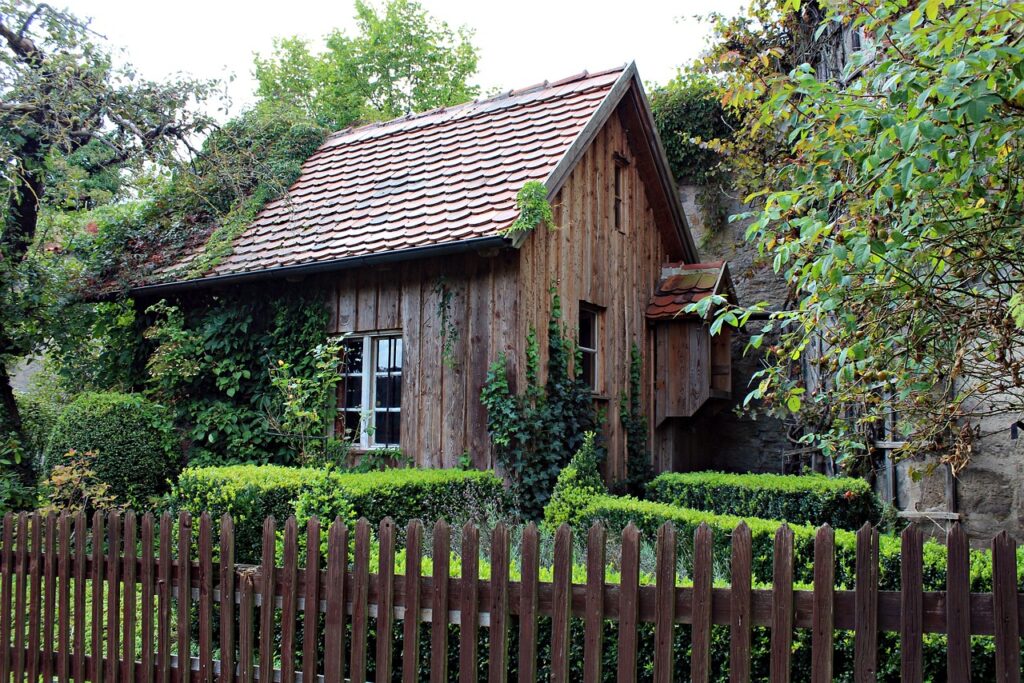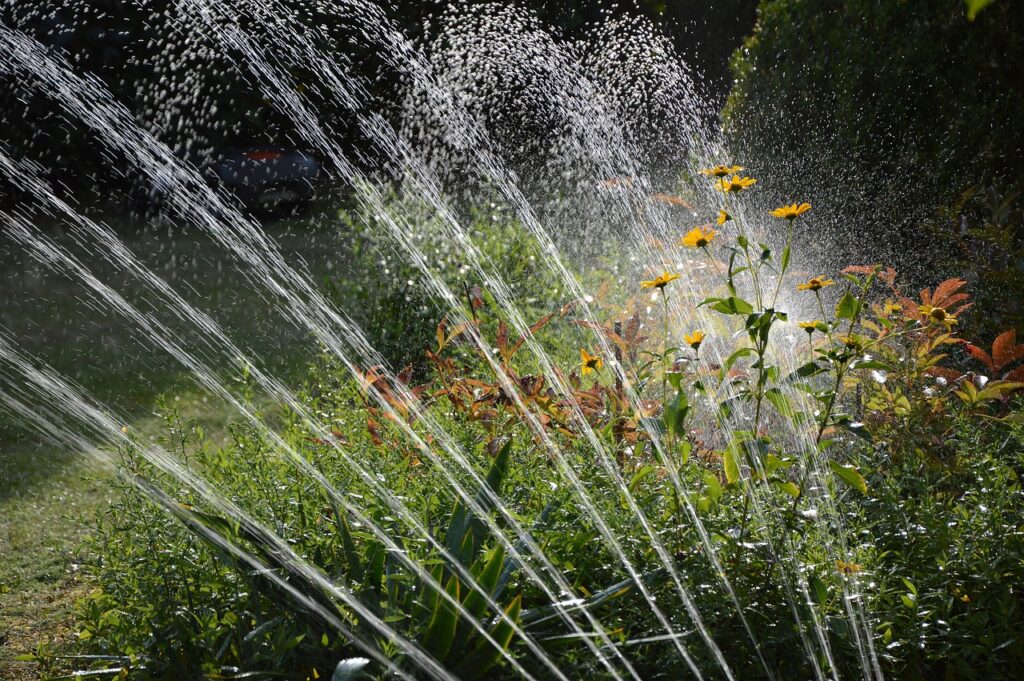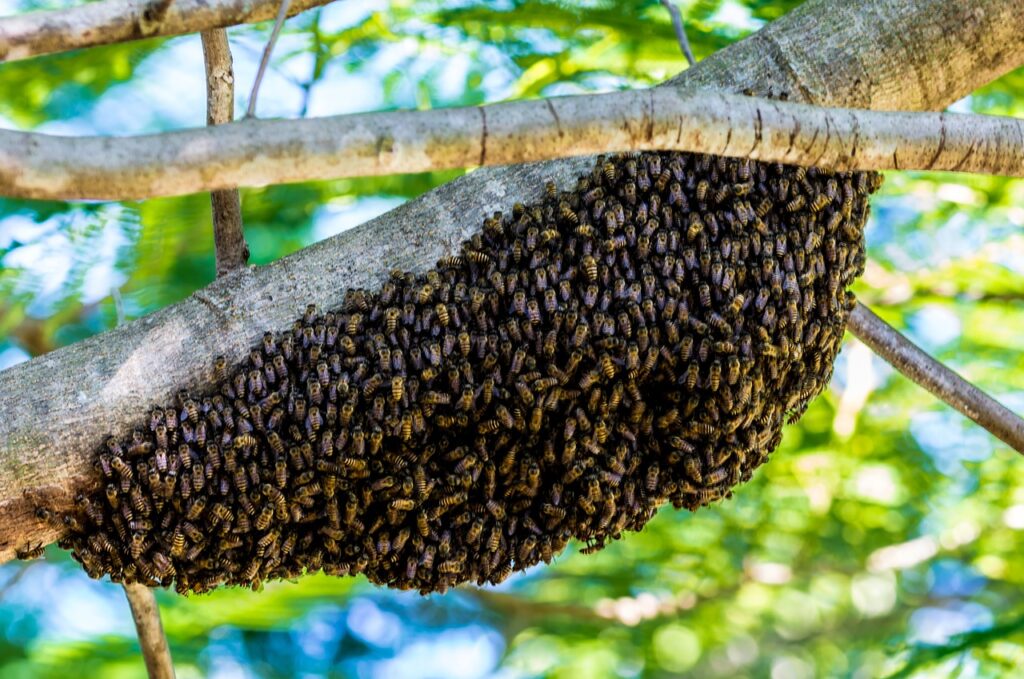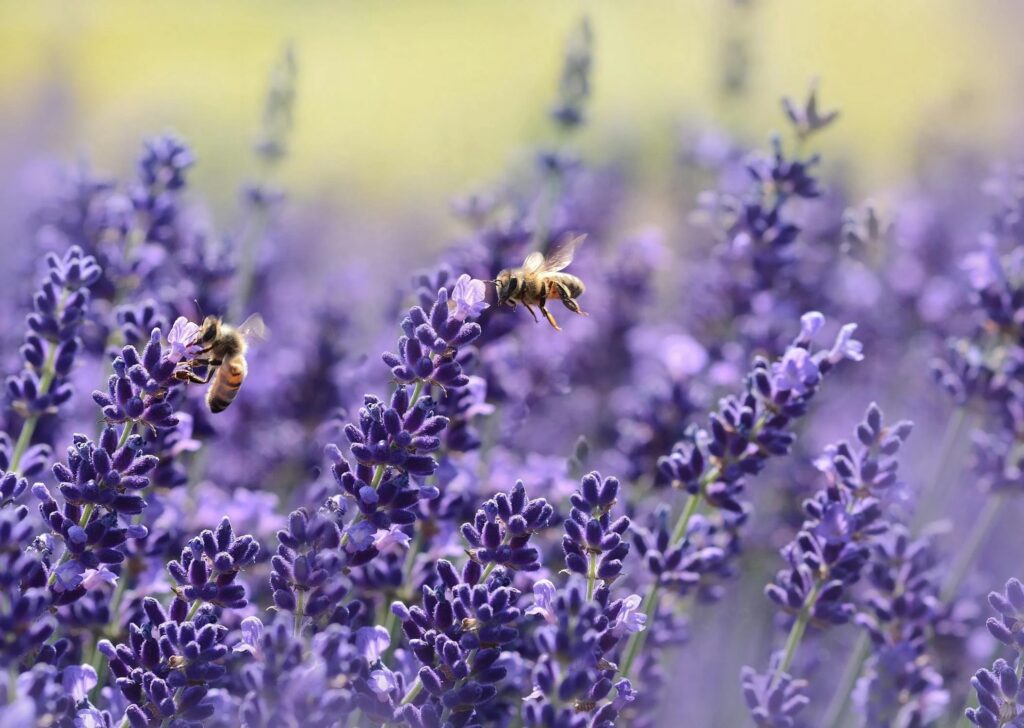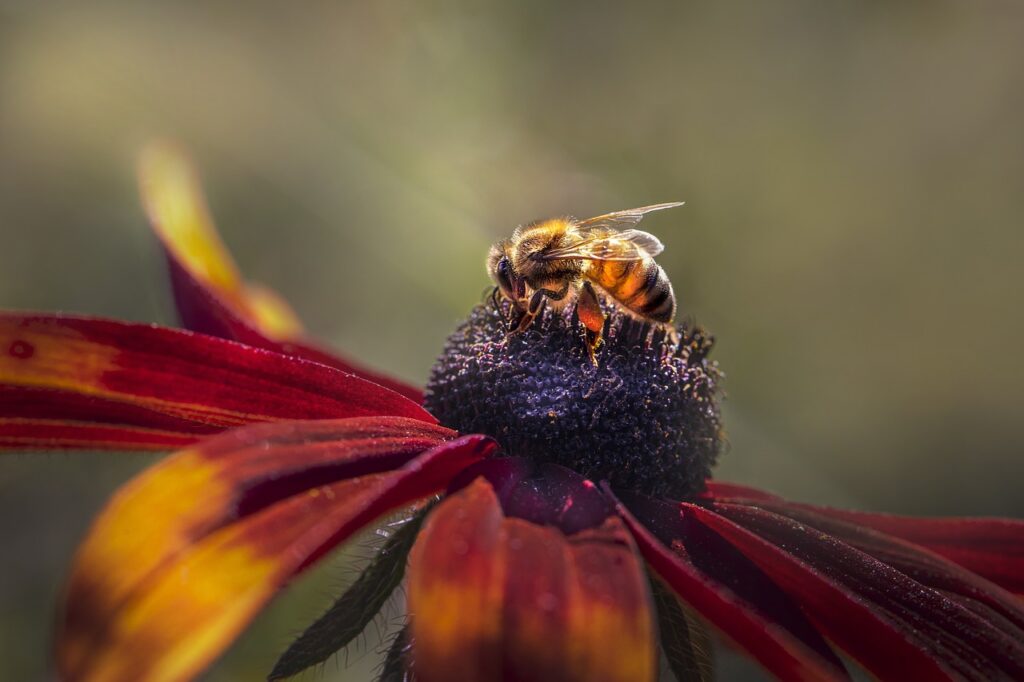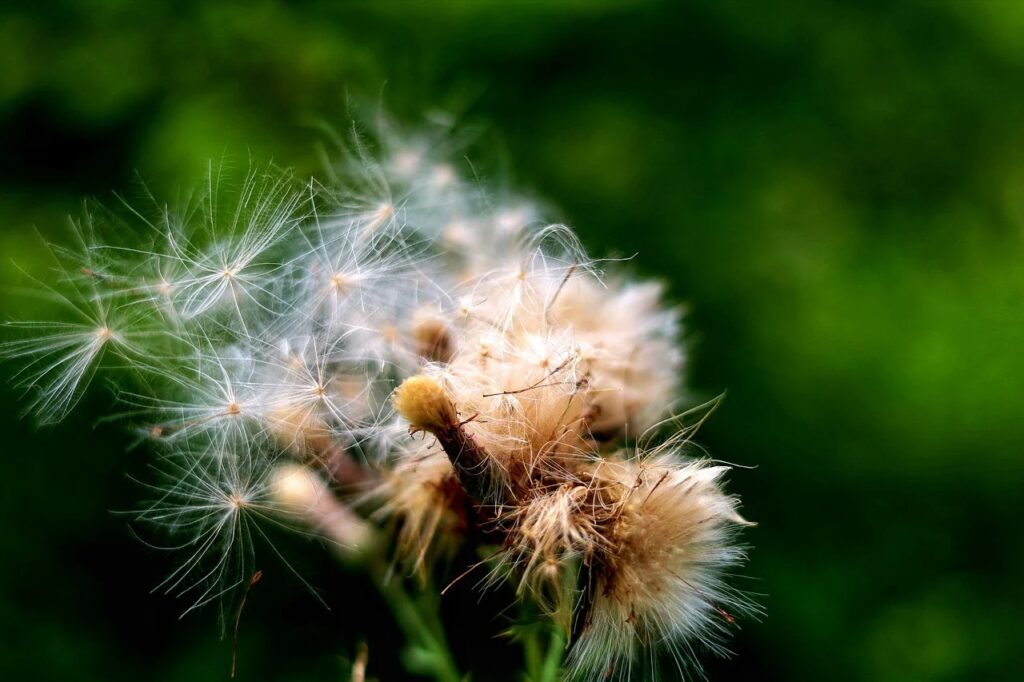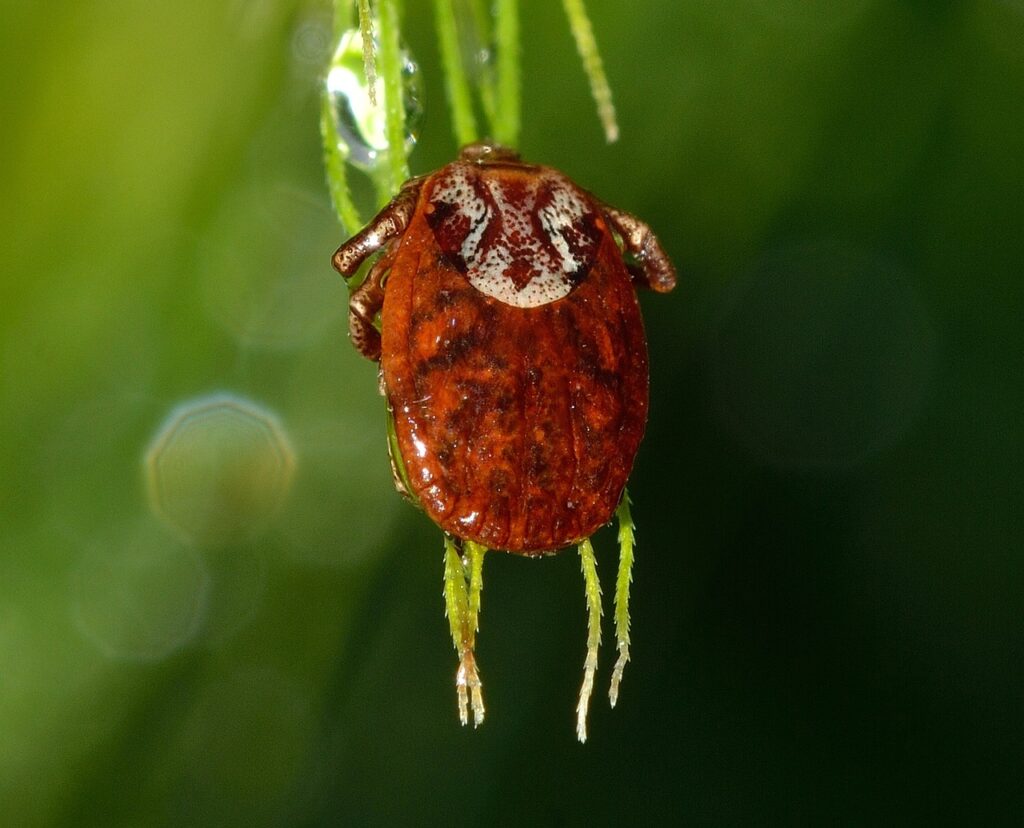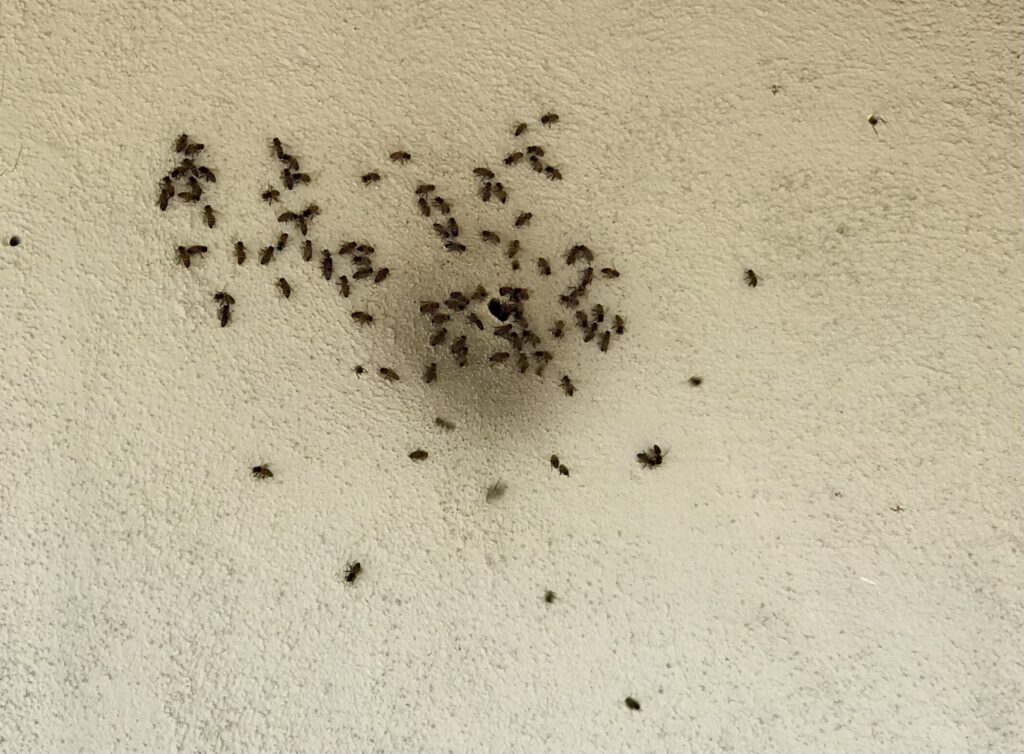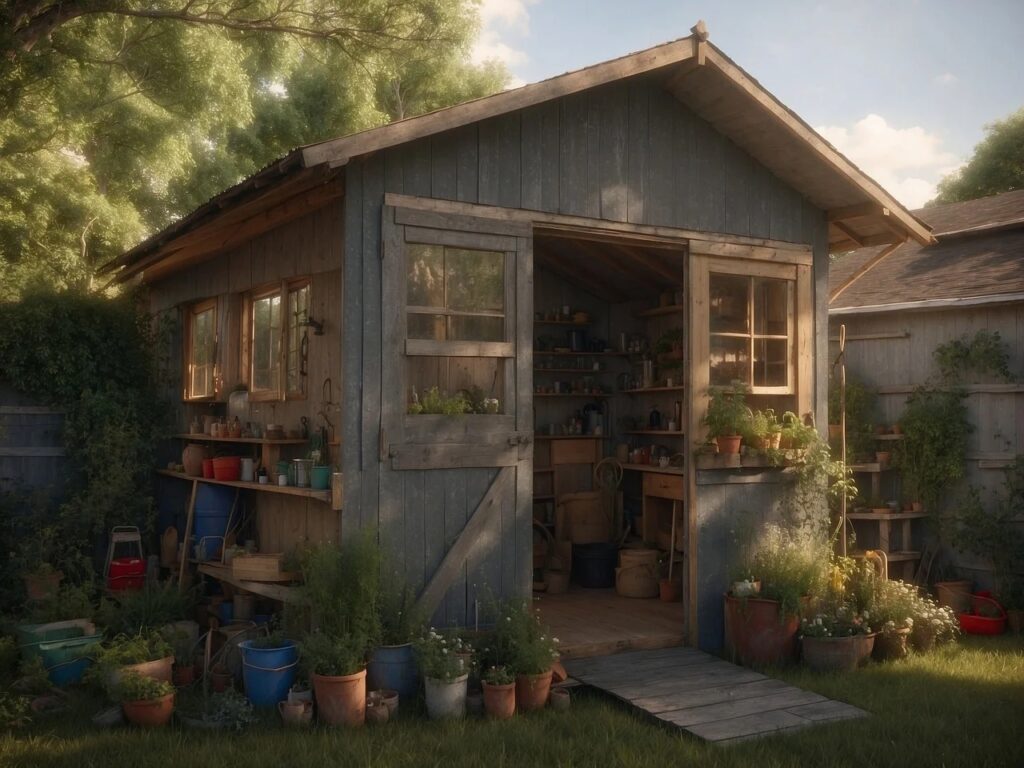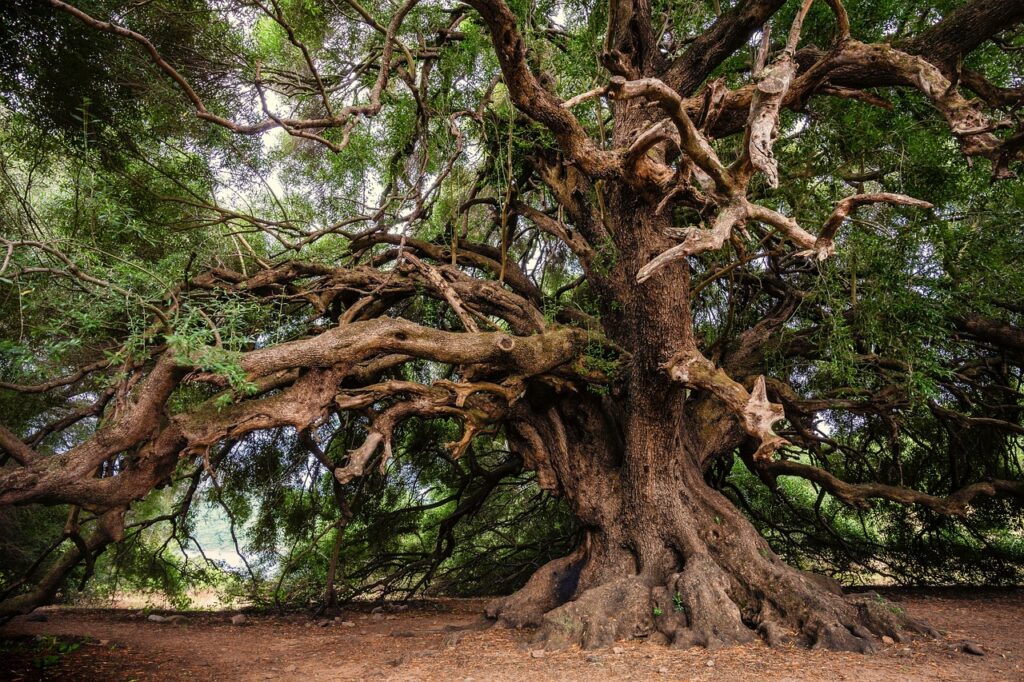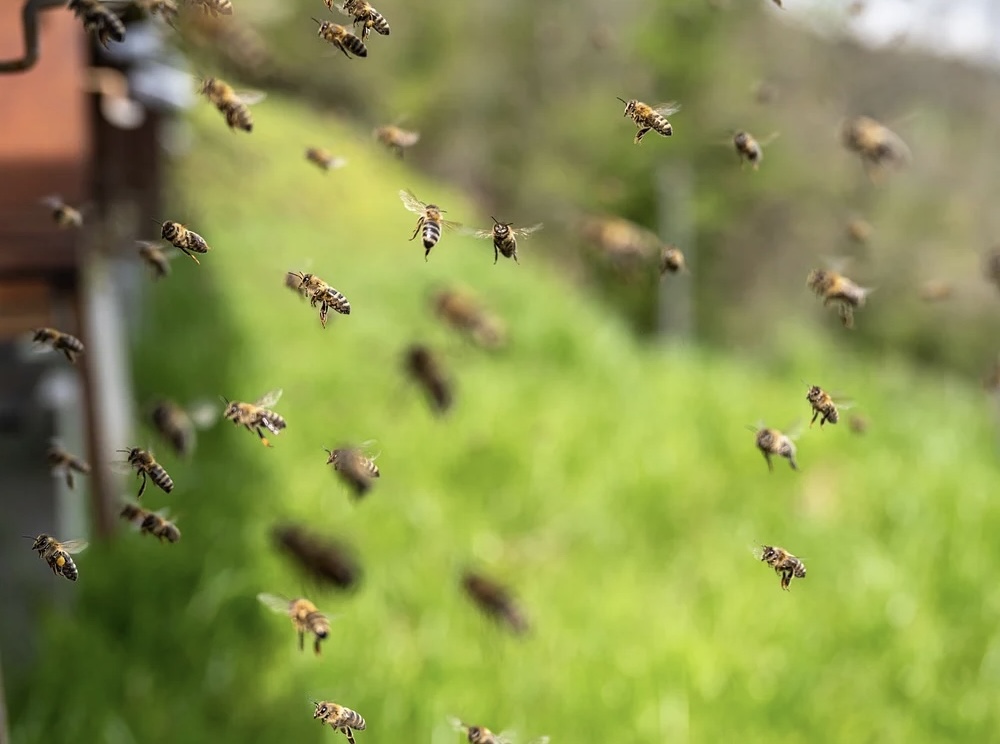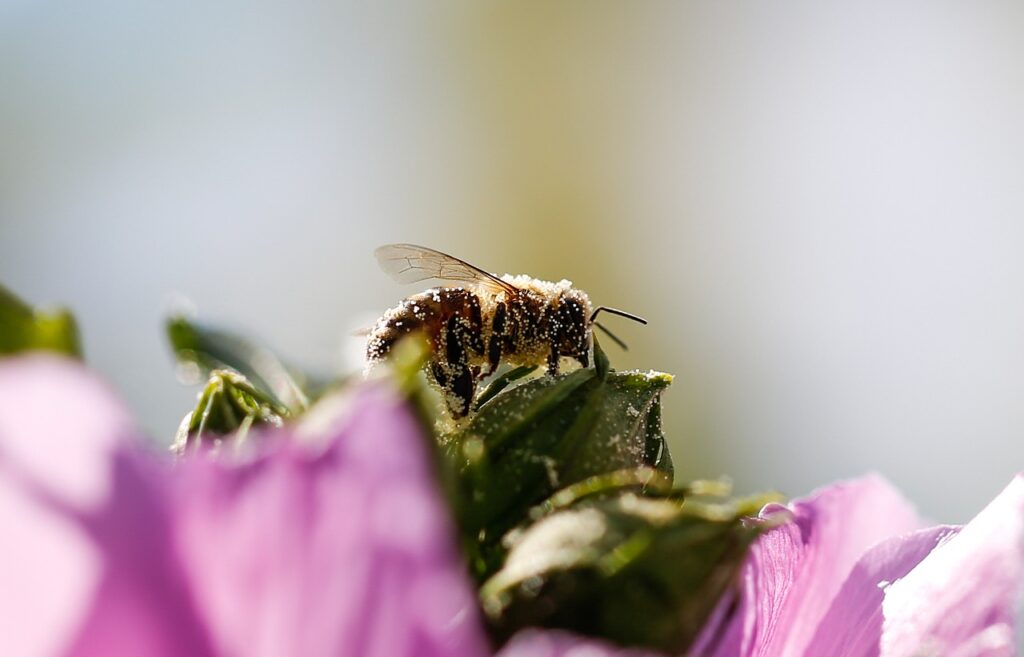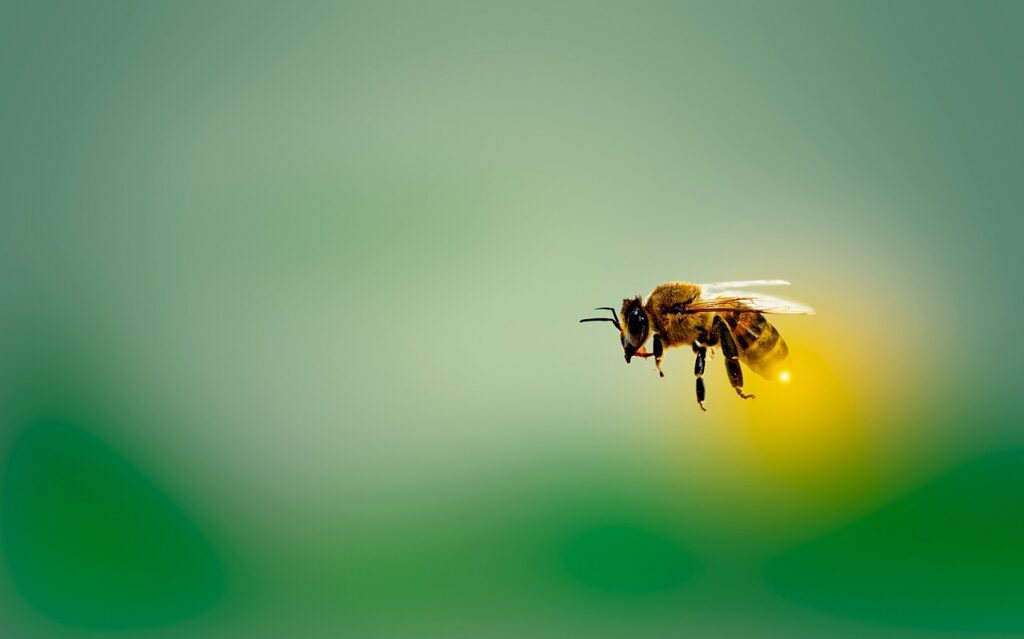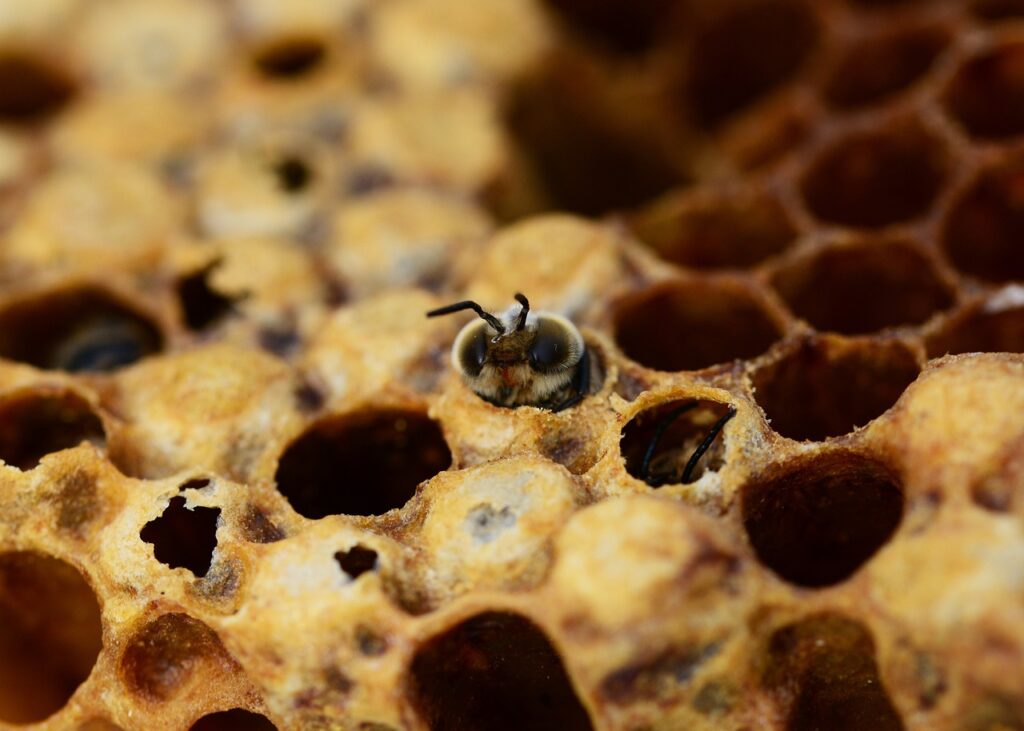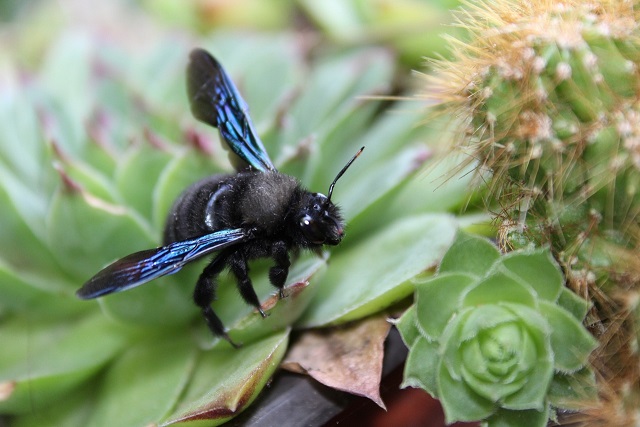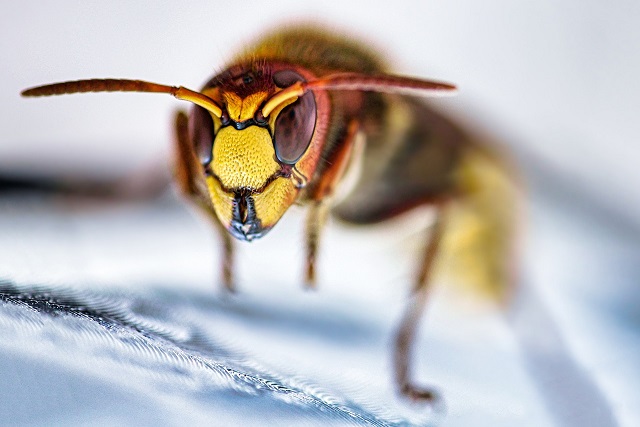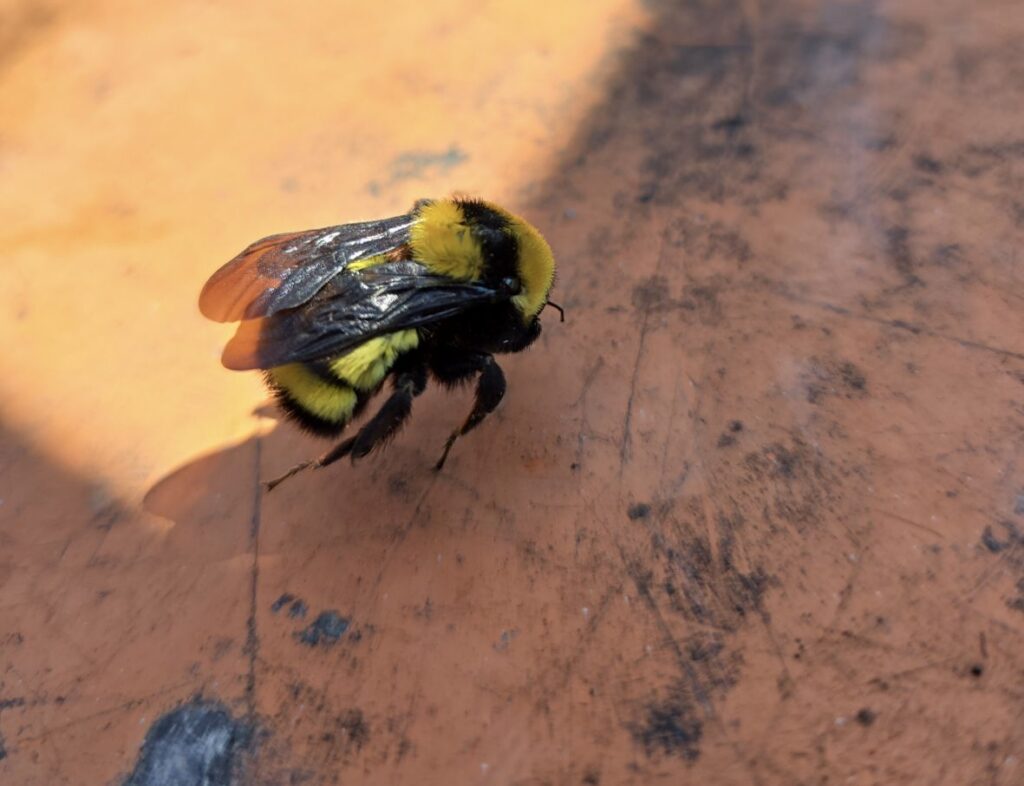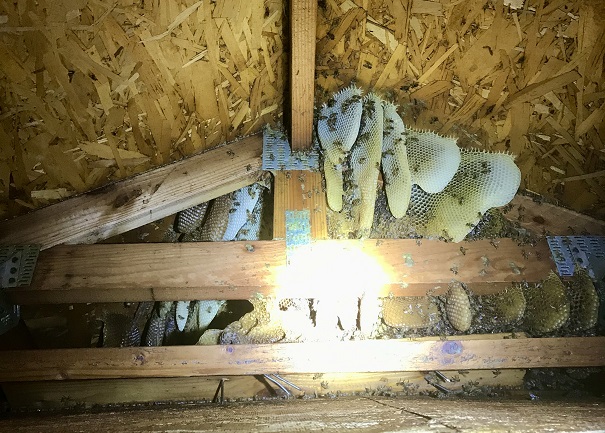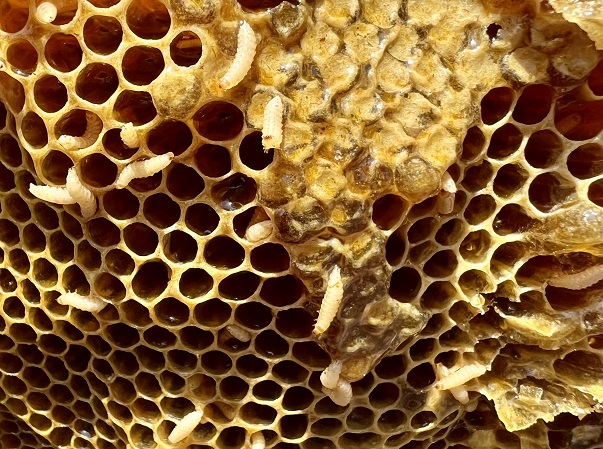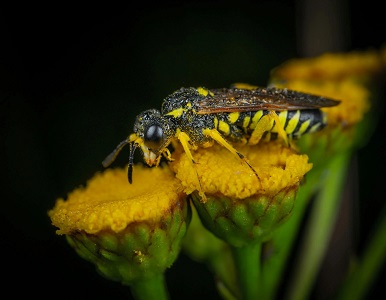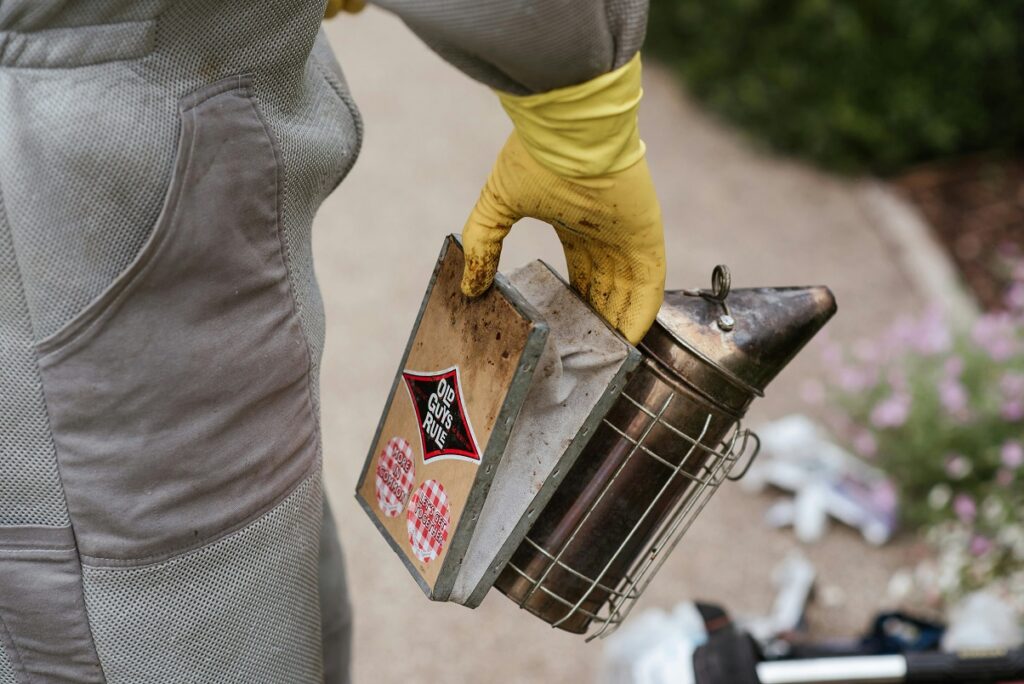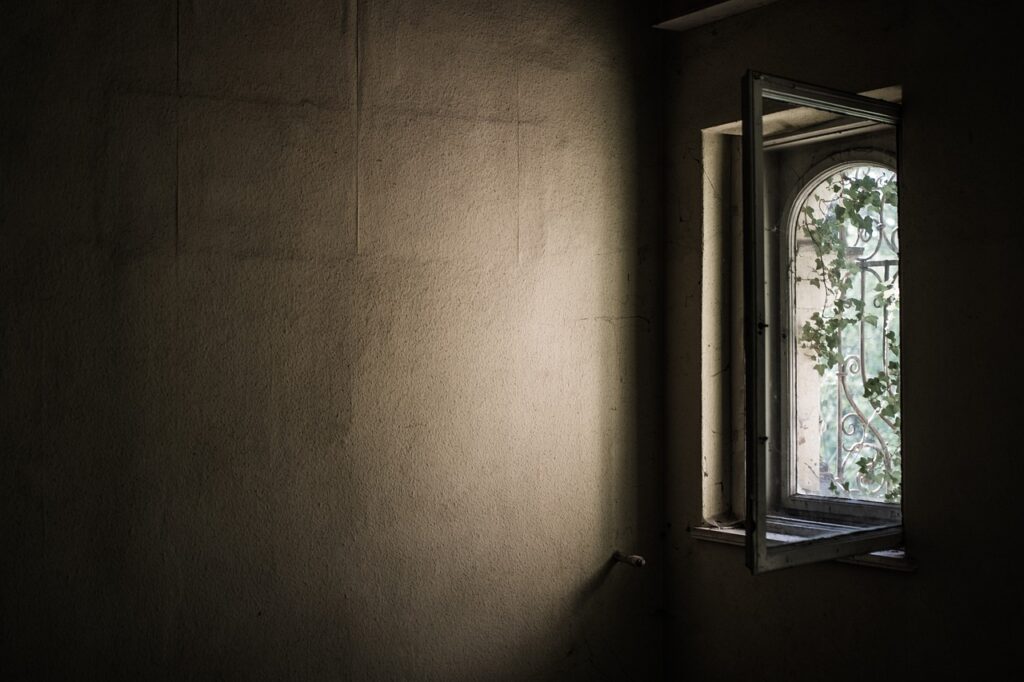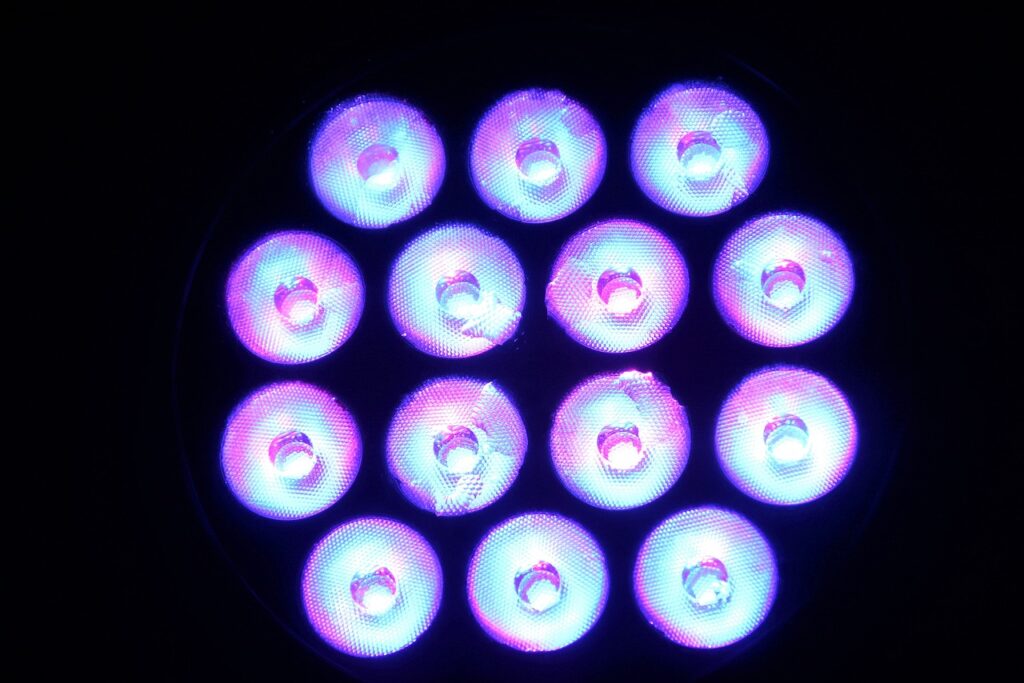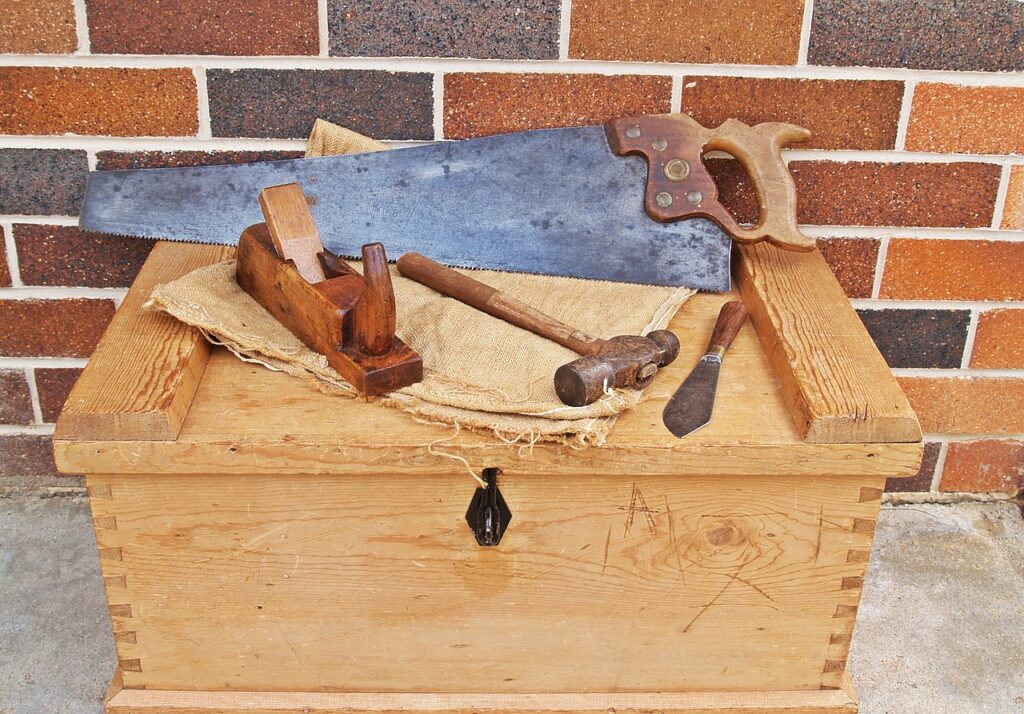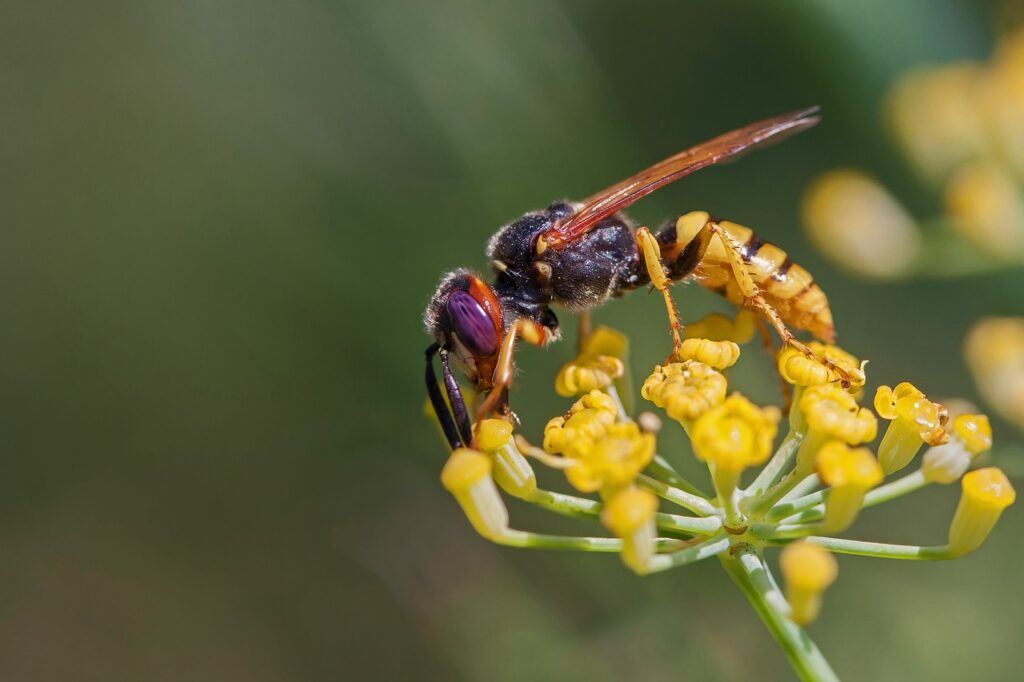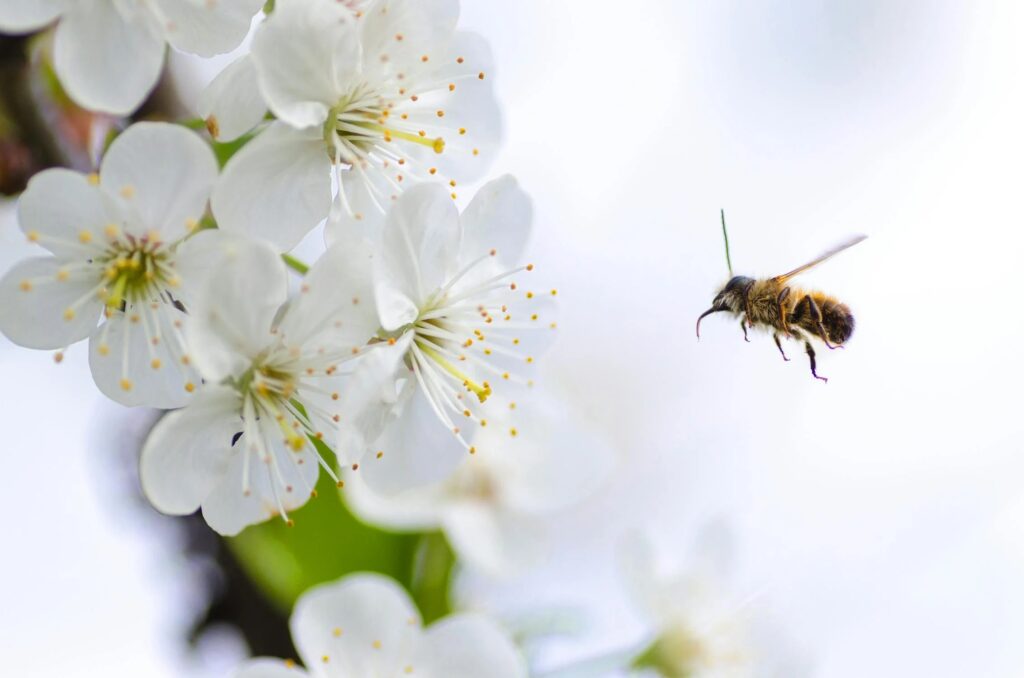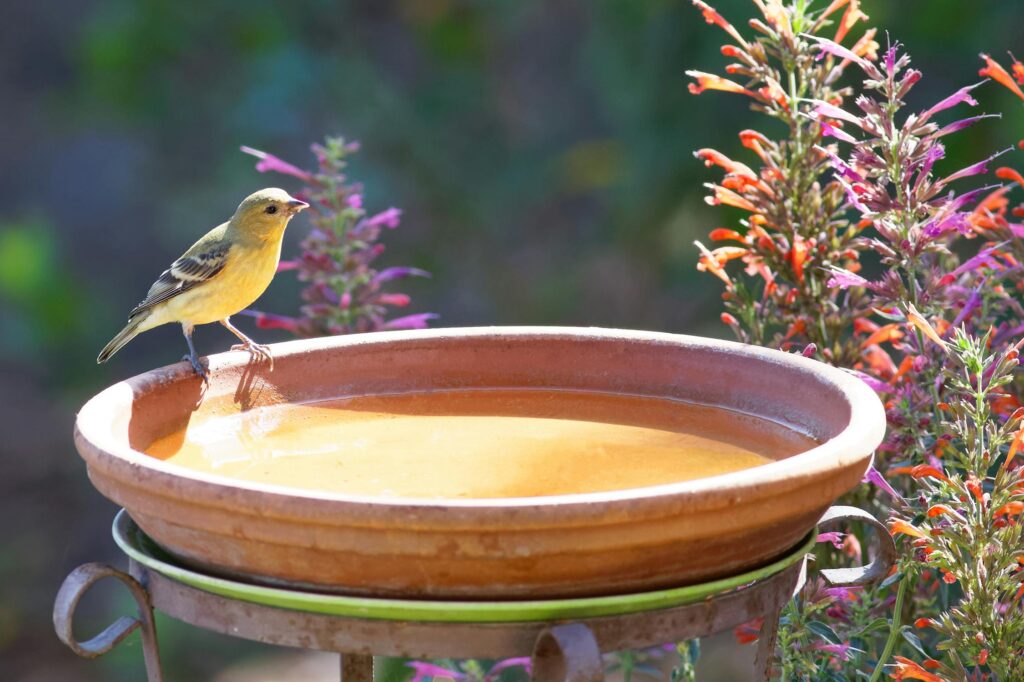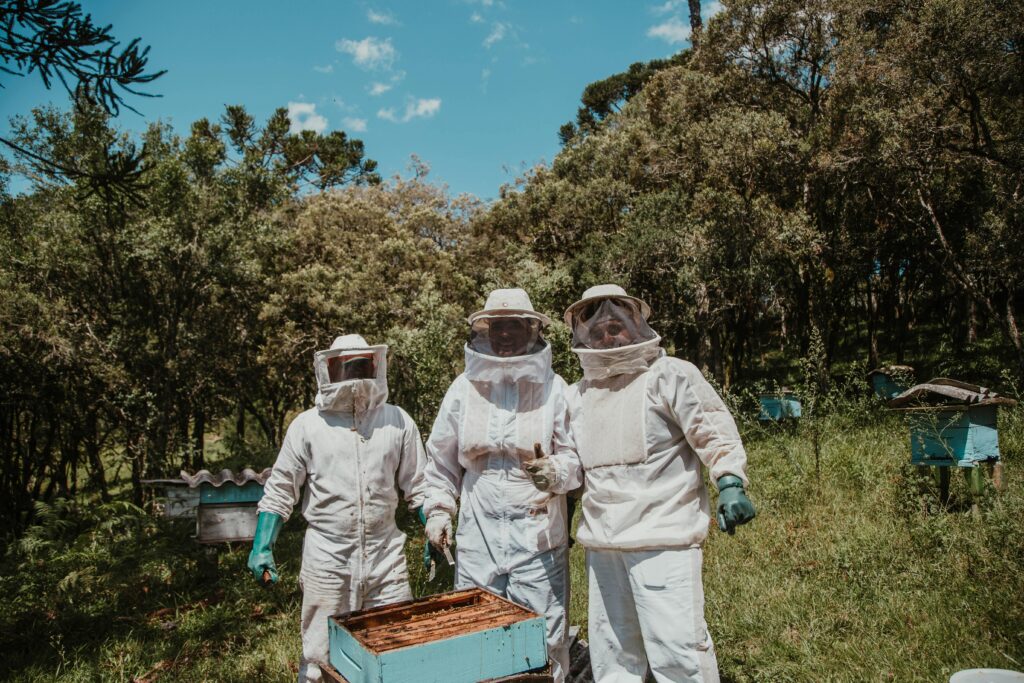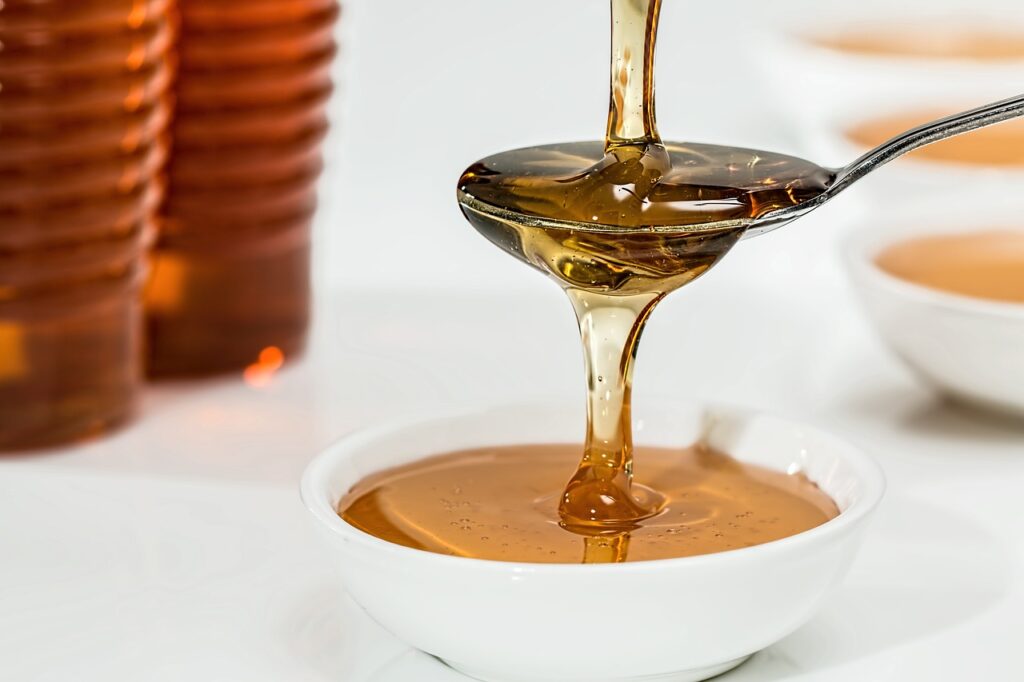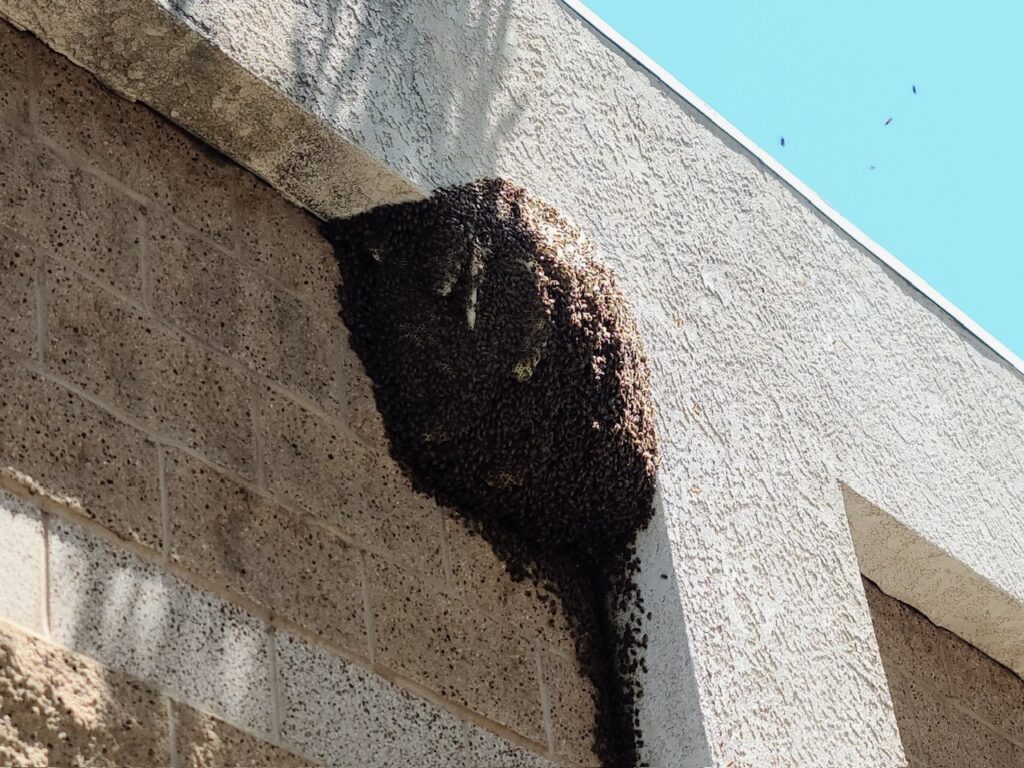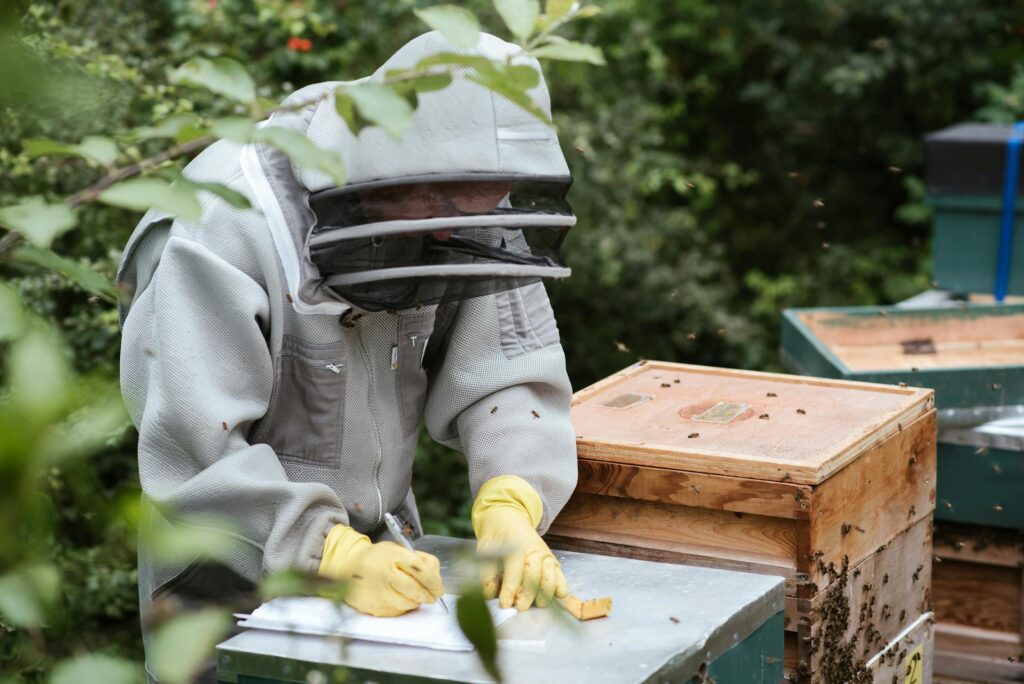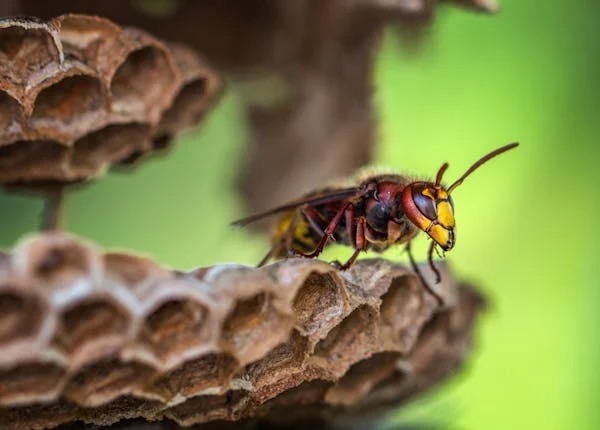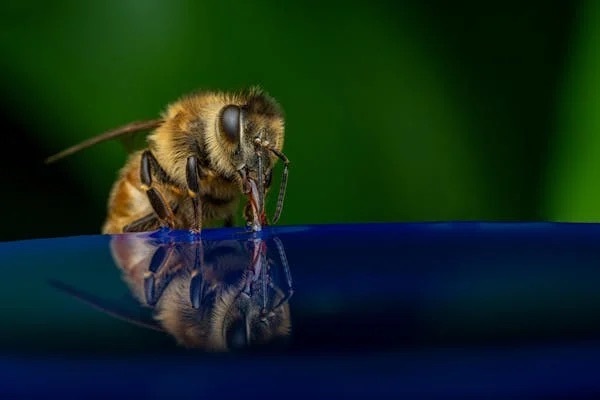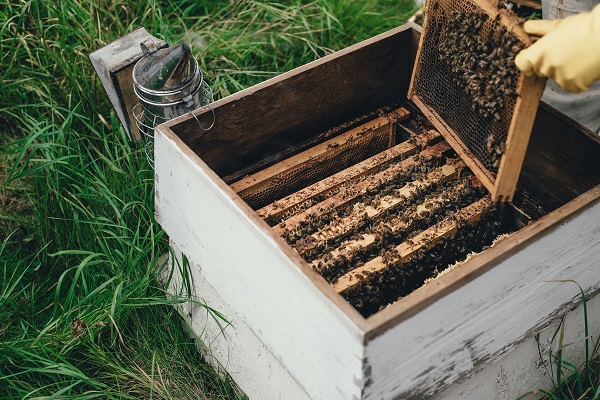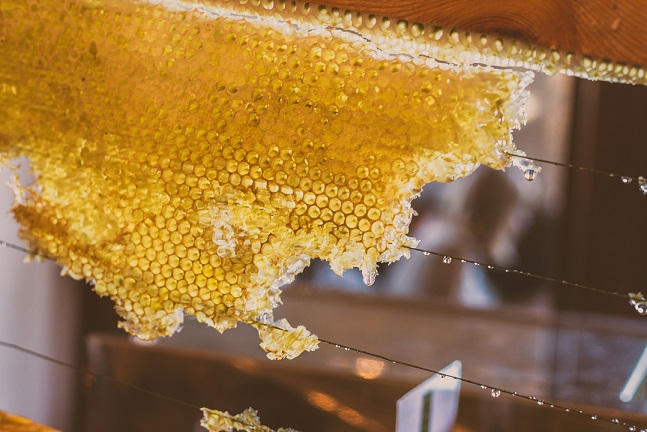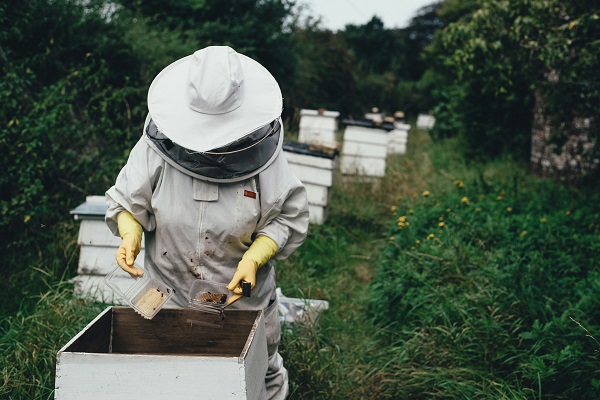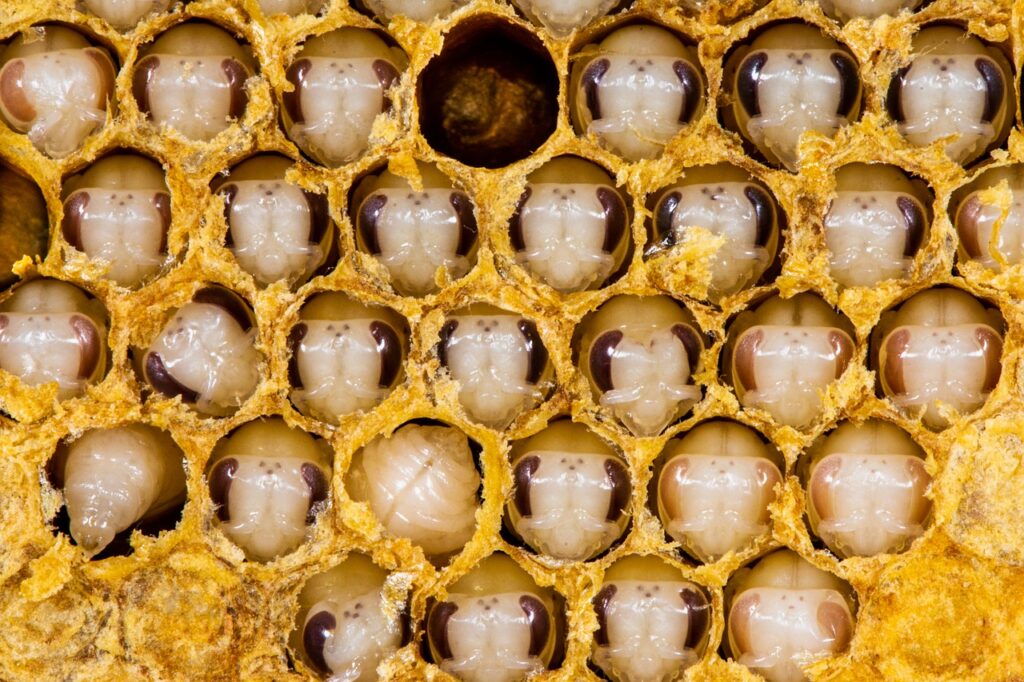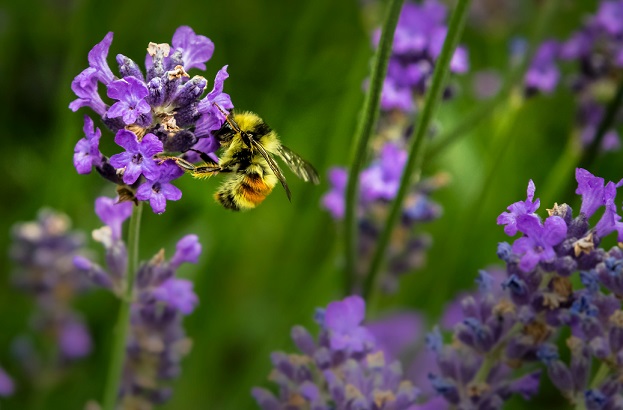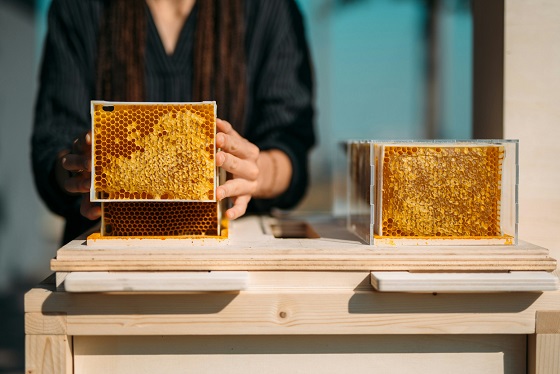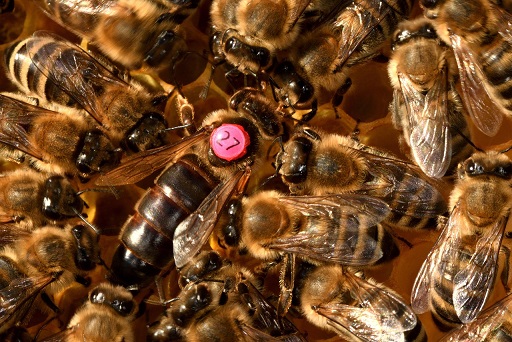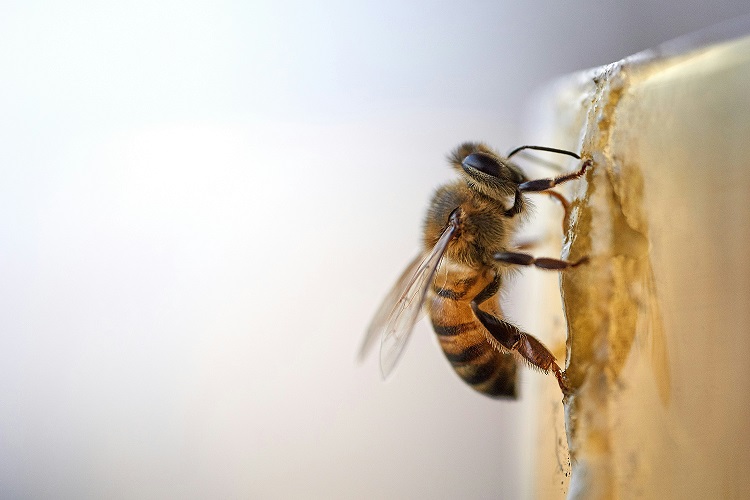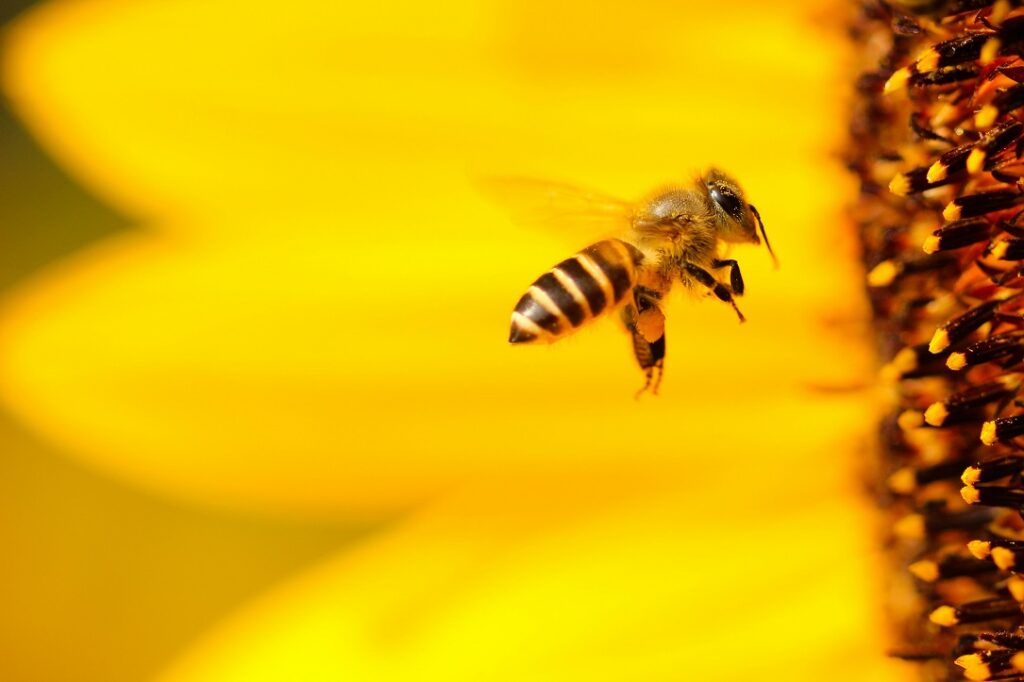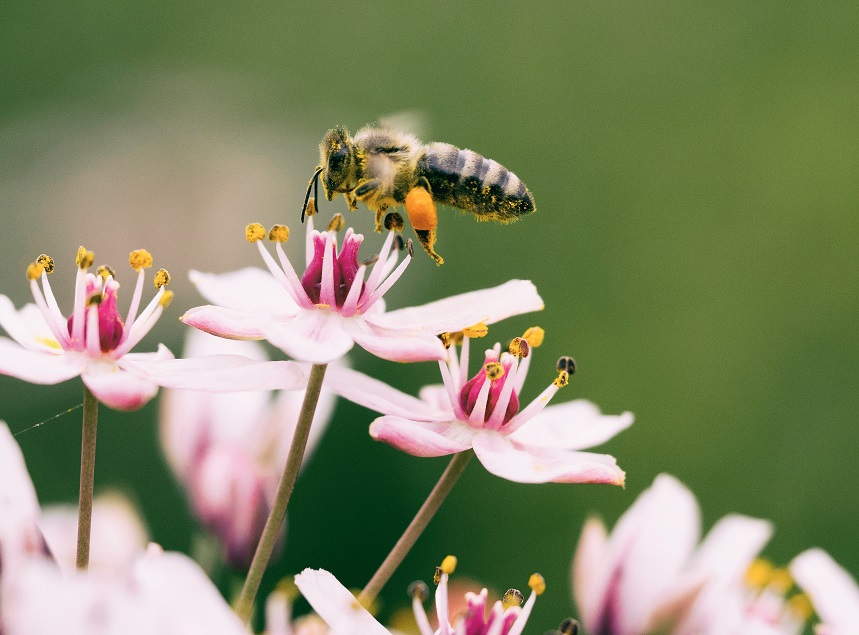Bee News
Compost bin
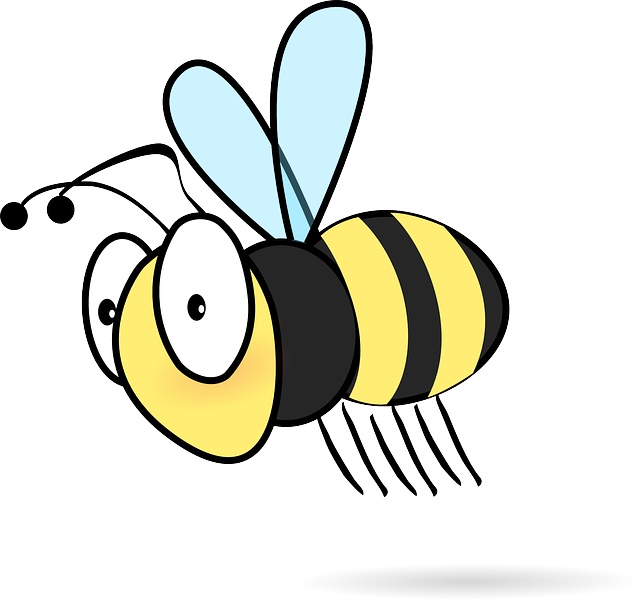


In the busy environment of urban landscapes, nature’s creatures often find innovative ways to adapt. One particularly fascinating example is the honeybee, which has been known to establish hives in the most unexpected locations—such as inside compost bins. Although it may seem unusual, the warm, humid conditions found within these bins can replicate the natural hollows of trees, providing an inviting habitat for bees in their quest for shelter.
A compost bin offers an intriguing environment for bees. As organic materials decompose, they generate heat and moisture—two critical elements that bees seek for their hives. In urban areas, where traditional nesting sites like hollow trees are increasingly rare due to development and landscaping, compost bins become an attractive alternative. The high humidity and warmth maintain a stable environment, which is beneficial for the bees when raising brood.
In addition to temperature and humidity, the organic materials in compost bins are a treasure trove of nutrients. While bees primarily forage for nectar and pollen from flowering plants, the decomposition process in compost can also attract other insects that serve as a food source. This abundance can make compost bins an even more appealing location for establishing a colony.
Once bees choose a compost bin as their nesting site, they begin constructing their hive much like they would in a tree trunk. Using wax secreted from special glands in their bodies, they create honeycomb structures for brood-rearing and honey storage. This process can often be done quietly, hidden away from human sight, as the compost bin serves as a protective barrier.
The warmth generated by the ongoing decomposition helps to maintain the internal temperature of the hive, critical for brood development. For honeybees, this mimicry of a natural environment plays a crucial role in establishing a thriving colony. Moreover, the compost bin’s closed environment provides protection from extreme weather and predators, which further increases the likelihood of survival.
Despite the benefits, establishing a hive in a compost bin is not without its challenges. Urban areas, known for pollution and habitat fragmentation, can pose threats to bee health. Additionally, the presence of a beehive in a compost bin may raise concerns for homeowners, especially when it comes to safety and pest management. While bees are generally non-aggressive, when threatened, they may defend their hive, leading to potential stings.
Moreover, the unpredictable nature of composting—food scraps decomposing, moisture levels fluctuating, and temperatures changing—can introduce risks for bee colonies. A poorly managed compost bin could become inhospitable if it becomes too wet or lacks adequate airflow.
For those who discover bees in their compost bins, there are various options to consider. Understanding the ecological importance of bees can lead to more mindful decisions regarding hive management. Rather than removing them, consider allowing the bees to remain undisturbed. They can contribute to pollination in the surrounding gardens and green spaces, enriching local biodiversity.
If you find yourself in a situation where bee removal is necessary, it’s best to consult local beekeepers or pest management professionals who can safely relocate the hive without harming the bees.
